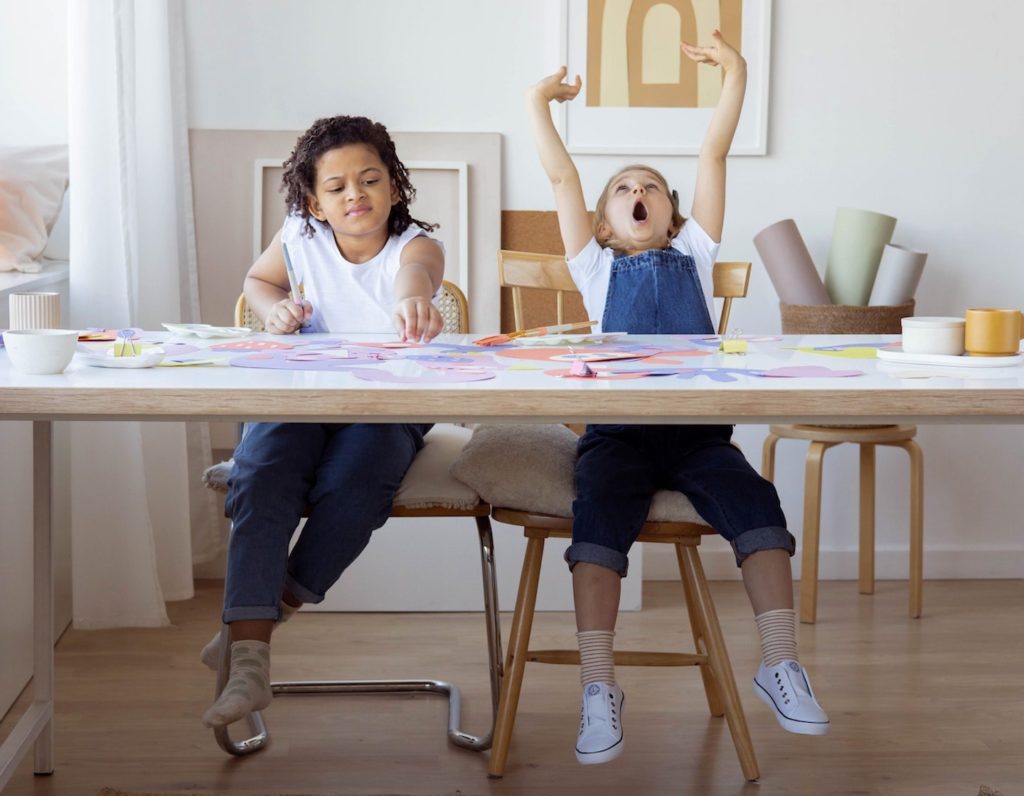
 Post Category - ParentingParenting - Post Category - Older KidsOlder Kids
Post Category - ParentingParenting - Post Category - Older KidsOlder KidsHow can you encourage your kids to concentrate so that they can learn better and find their flow? Did you know that playing with slime or clay, and doing daily exercise could help? Read on for more tips
As the mother of a 7-year-old, I care about focus a lot. My background is in Clinical Neuropsychology so I’ve read countless journal articles and studied research on how the brain is able to focus and how our memory systems and reward pathways work. Focus is innately, inherently in us and during cavemen days, it served us well. We could focus with precision to avert danger and catch food. We knew when to fight, when to flee, when to freeze and when to relax. However, in our digitally and technologically wired world, our innate mechanism of focusing does not seem to have the support it requires to be cultivated and honed. In fact, our world is now about craving distraction. There are many readily available ways to be actively distracted – with our handphones, social media, such as Facebook and Instagram, television – the list goes on.
The convention for learning is to sit down at a desk and listen to a teacher whereas, our brain needs movement and sensorial engagement to heighten the learning process. In short, our environment and the way we live life now, are not in tune with our children’s homeostasis. Homeostasis is the state of steady mechanisms in our body, physically and chemically, maintained by living systems, which is the foundational condition of optimal functioning for the organism and is key for focus to be created. When the biology of our children is calm, it becomes the bedrock for our children to get up to exceptional things in life.
So what constitutes creating homeostasis? I think it boils down to 5 essential pillars that create an environment that cultivates focus, versus encouraging chaos.
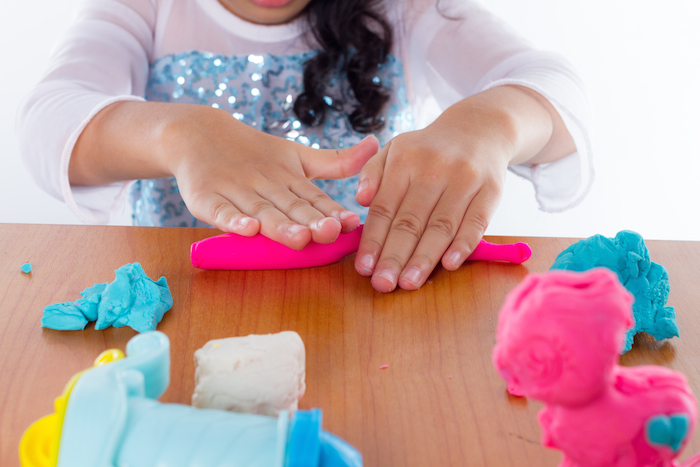
1. Prioritise sensorial experiences regardless of age
Optimal learning happens in the brain when our senses are engaged, particularly the sense of touch. If you remember when your children were born, they primarily explored the world through their mouths for good reason. Firstly, because it was their avenue to acquire food, and secondly, their gross motor skills in the hands and legs were not developed. However, once they had practiced hands, everything experienced in the environment is touched and put in their mouths. As they grow older, they lose this exploratory nature of the environment. (By the way, if you ever wondered why your children may be so into slime, it is most likely because they are sensorially deprived of such exploration.) It is therefore important to build in perhaps one sensorial activity a day, even on a school day, that would allow your children to use their hands more. Clay is my go-to because of the fact that it lacks form, it is squishy and grounding in nature, so it would really be something my son creates from just a lump as opposed to manipulation of set forms like in building blocks and lego. Other ideas can be water play and it can just involve vessels and water with different food dyes. For older children, they may venture to build something using cards, toothpicks, satay sticks or twigs from trees. The idea is to ensure that they engross themselves sensorially, completely in the activity which helps build their attention, focus, and concentration.
2. Have a good sleep routine for your children
Our circadian rhythm, which is a natural, internal process that regulates the sleep-wake cycle should be protected and cherished because it plays a big role in maintaining homeostasis. Children need their precious sleep because the body repairs itself from the activities of the day and helps move their experiences and learnings for the day into various memory systems, particularly from their short-term store to their long-term store. It also helps them process the feelings and emotions that they have experienced during the day and especially on days when the emotions are big, a good night’s rest can help children regulate for a better next day. A bedtime routine typically starts from 5pm until the child falls asleep and stays asleep.
For my 7-year-old son, his routine entails a warm shower, dinner, then wind-down time that sometimes involves imaginary play, writing stories, drawing or reading a book (most of these are engaged independently by him) followed by brushing his teeth and then saying goodnight and getting cuddles. I avoid screen time at this time as much as possible. On his bed, he has sufficient comfortable pillows for him to build a fortress around him, but the function it serves is to make him feel safe and then he hears a meditation track on a handphone (that doesn’t light up) that is put far away from where his head rests. He eventually falls asleep by 8pm and wakes up the next morning at 6am. On the days where we deviate from this routine, we see stark differences in the way he is and behaves. It is harder for him to wake up, he is more whiney, grumpy, and rude. He then takes more time in the shower in the morning to wake himself up, which gets him really close to being late for school. He is now at a point where he doesn’t want to go out till late as he voices that he has trouble waking up the next morning and also that it doesn’t make him feel good emotionally. A win for me there.
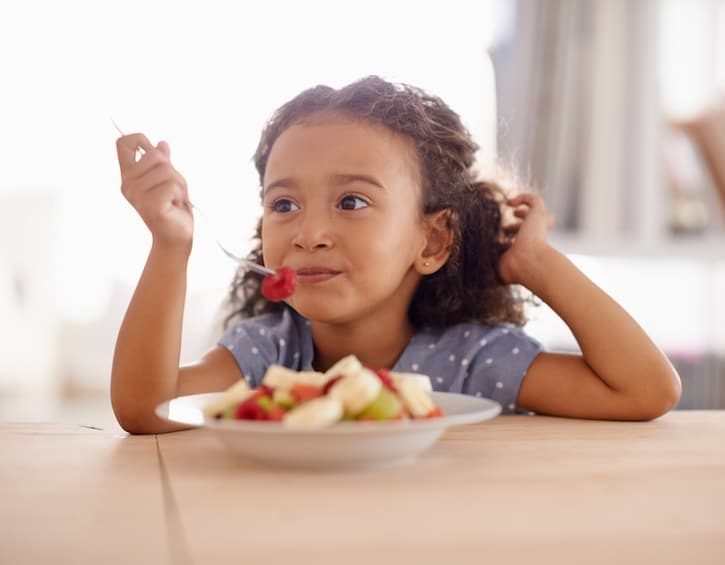
3. Practice good eating habits: what they eat and how
I am not a nutritionist, but I am more interested in the relationship my son has with food and the environment where he consumes his food.
What children eat: The usual proportions of how much of what should be eaten is as follows – one-quarter of preferably complex carbs, one-quarter of proteins, and the other half fruit and vegetables. My son gets a little more protein and less fruits, but essentially we try to keep to this.
How children eat: It is how he eats his meal that I am particular about. My son has been taught to engage with his food exclusively so that he can experience it fully. This equates to no television, ipads or digital devices while he eats. It entails sitting at the dining table and eating, even if it means he is eating on his own when he gets back from school. It also entails sitting as a family and eating most meals if we are around, so the only “distraction” we approve of as a family during mealtime is conversations we have at the dining table.
I guess, this is a social skill that we are developing, however, my concern comes from our reward pathways in the brain and particularly the neurotransmitter dopamine. Dopamine is released when our brains are expecting a reward and is associated with pleasure, so eating is pleasurable and so is social interaction as it validates and engages in conversation. This is a developing skill, to balance eating food and making conversation. There are times when my son engages too much in conversation and forgets to eat – afterall both activities produce dopamine and both are pleasurable, but we try and keep the focus on the food so that we can entirely focus on it, consume it and get on with what needs to be done next. Another way to hone focus while eating, if your little one is much younger is to do baby-led weaning because the textures and eating with one’s hands completely fascinates them and this is the level of engagement we want for good food eating practices.
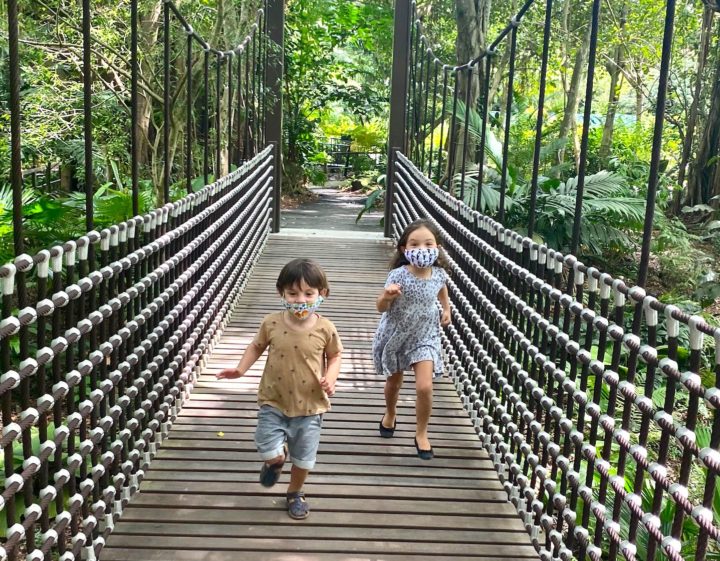
4. Encourage being physically active for at least two hours a day
I cannot stress how important movement is and it has to be a conscious activity. The brain gets rid of toxins through this, which sharpens learning and focusing abilities, so even on a school day, my son goes to the playground for an hour and moves. I trust that he gets another hour at least, of movement in school. I also take him for a long walk during the week. We average two walks together now and he can complete 6 km without stopping for a break and pacing himself. This is about 10,000 steps. He shared with me in his last walk that he has aspirations to do 20,000 steps, so we are building towards that. We like to go to the nature parks for this because it is also a sensorial feast for him – think of it as killing two birds with one stone. These walks help to place importance in exercise, which is a great habit to develop to stay fit but also to use as a constructive coping mechanism when things get overwhelming or too stressful – again another life skill. We get up early in the morning during the weekends or substitute a playground for one of these walks. When moving, we generate endorphins which is another neurotransmitter we want to have plenty of in our brains. It keeps us happy, is a pain relief, and it helps in clarity of thinking and learning.
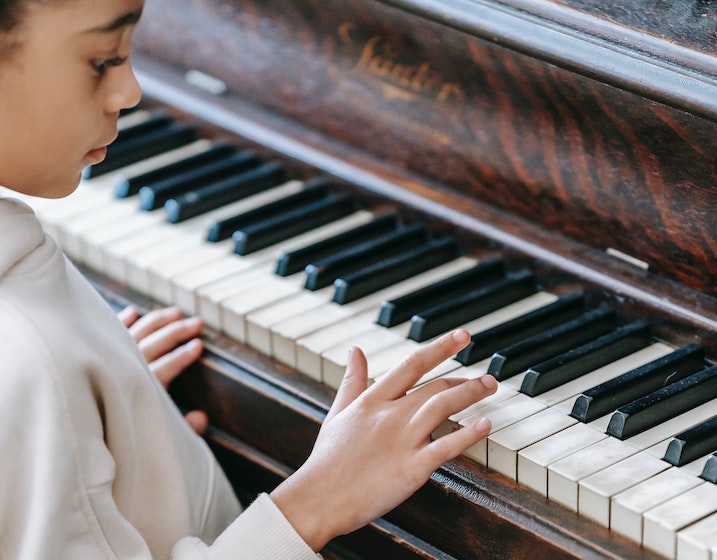
5. Create ‘flow’ states in the activity your children do
Have you felt like you have lost track of time when you do certain activities like engaging in painting, doing a job you love or playing an instrument? This is called being in ‘flow’ and is a real state that psychologists talk about in Positive Psychology. ‘Flow’ involves making sure that the skill level and the challenge level meet at a point that engages your children completely. If your child has a tough challenge and low skills, they will get frustrated, anxious, worried or apathetic. If your child has a simple challenge and high skills, they will feel too relaxed or bored, so the trick is to iterate until that sweet spot is found and keep iterating as the skills and the challenges build.
This is a constant work in progress that your child needs to develop in order to be fully aware of how they can be in the driver’s seat of creating joyful experiences for themself. So just to reiterate ‘flow’ technically can be created in any activity that your child embarks in, but a good strategy to understand your ‘flow’ first, and how to get into the flow state would be to start with activities your child enjoys.
You can help your child experience ‘flow’ and thus create peak performances, by letting your child use sensorial mediums (e.g. clay, homemade slime, foam, water, homemade dough, playing cards, sticks, leaves, etc.) while doing homework or after learning a lesson to express what they are internalising and reinforce the learning. For example, let’s say a child is learning concepts in science relating to pollination, the child can create a flower and a bee from playdough/clay to symbolise the act of pollination and then engage in pretend play. This is intentional work that has to be done in the initial stages, but becomes easier as you get into the rhythm of it with your child.
My son now gets into the flow while playing his own pieces on the piano and fiddling around with the coding software, ‘Scratch’ that he just discovered. Most of the time, I don’t have to do anything now except be around him for moral support, while he is ‘flowing’.
With these steps, we can create an environment that supports focus building. Yes, it has to be an intentional effort in a world that is going in the direction of distractions, but the benefits that come out of this intentional effort, far outweigh the commitment, pain, and discipline in instilling it. It gives rise to children who are self-aware, emotionally well-regulated, communicative, disciplined, and empathetic. Neuroscience supports this, so start with small steps and see the beautiful outcome. Actions give rise to habits and habits will become a culture of focus in your household. Good luck!






 View All
View All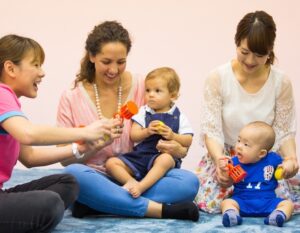




 View All
View All

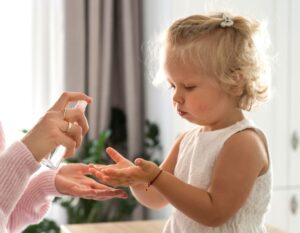





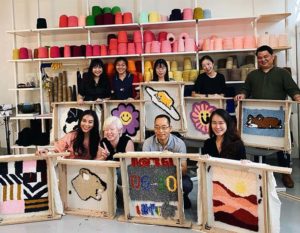

 View All
View All





